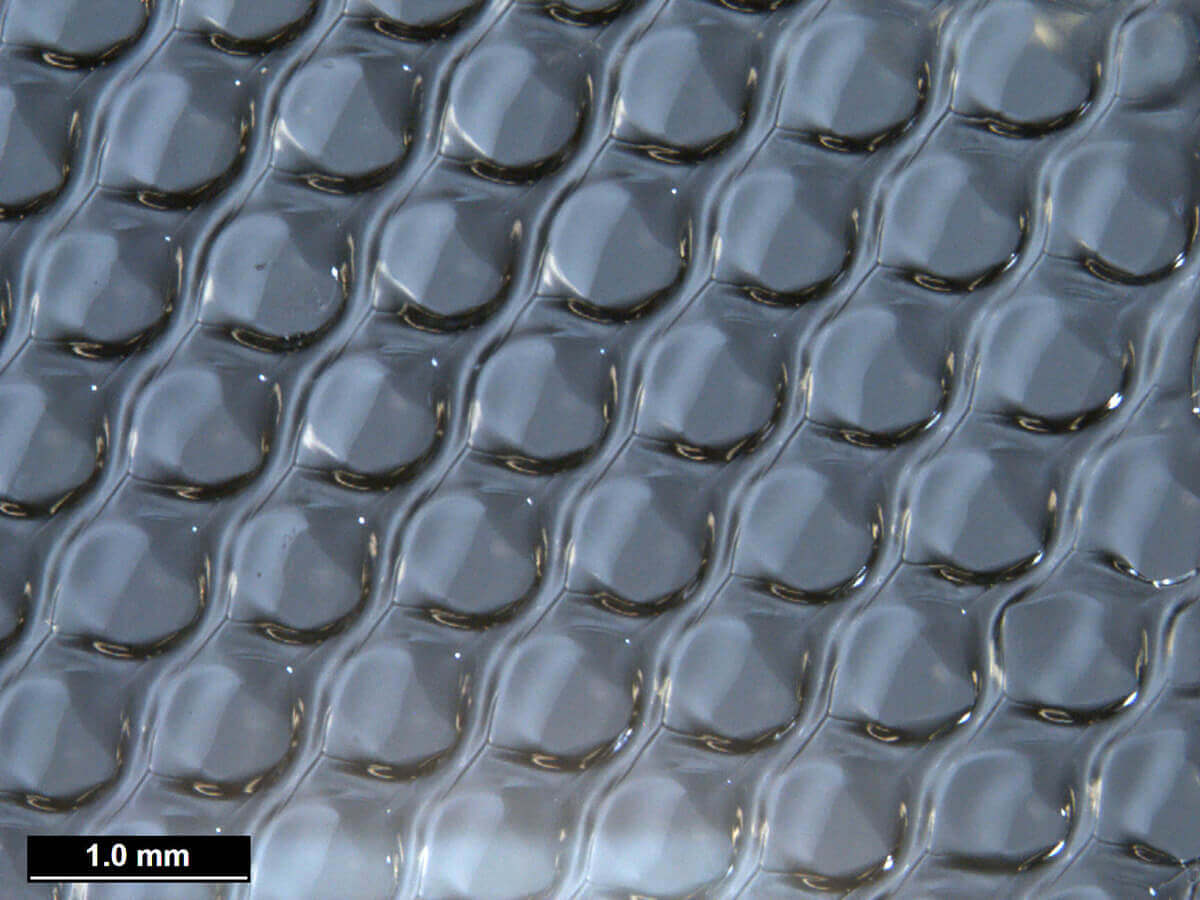Mice whose ovaries were removed and replaced with 3D printed ovaries have been able to have offspring naturally, scientists have revealed.
Scientists from Northwestern University have developed a 3D printed prosthetic ovary that is capable of producing living, breathing baby mice.
Northwestern’s Feinberg school of medicine and McCormick school of engineering have been collaborating on the project. They used 3D printing technology and follicles from ovarian tissue to form a scaffold that is placed inside the mouse.
The team have since reported that the 3D printed ovaries helped boost hormone production and increased fertility in the mice.
“Our hope is that one day this ovarian bioprosthesis is really the ovary of the future,” according to Teresa Woodruff at Northwestern University in Chicago.
“The goal of the project is to be able to restore fertility and endocrine health to young cancer patients who have been sterilized by their cancer treatment.”
3D Printed Ovaries Could Help Young Cancer Patients
To benefit from this breakthrough, young girls going through cancer therapy will need to cryopreserve the ovary prior to treatment. Scientists can then use their genetic material to make new ovaries when they are ready to have children.
The authors of the study also believe it might also help women who might be suffering from low ovarian reserve. Plus older women who, due to the age of their eggs, may have a harder time getting pregnant.
This means scientists would need to make an egg using the woman’s stem cells and ensure sex hormone production was happening. Next they would insert itinto a functioning ovarian follicle to stimulate the cycle.
And work has already begun on this radical treatment. For the purpose of helping these women reproduce at a later date, Northwestern University has banked 375 ovarian tissues from human patients age one month to 39 years old, in 98 participating centers around the country.
Source: Nature Communications

License: The text of "Scientists Made Mouse Babies with 3D Printed Ovaries" by All3DP is licensed under a Creative Commons Attribution 4.0 International License.